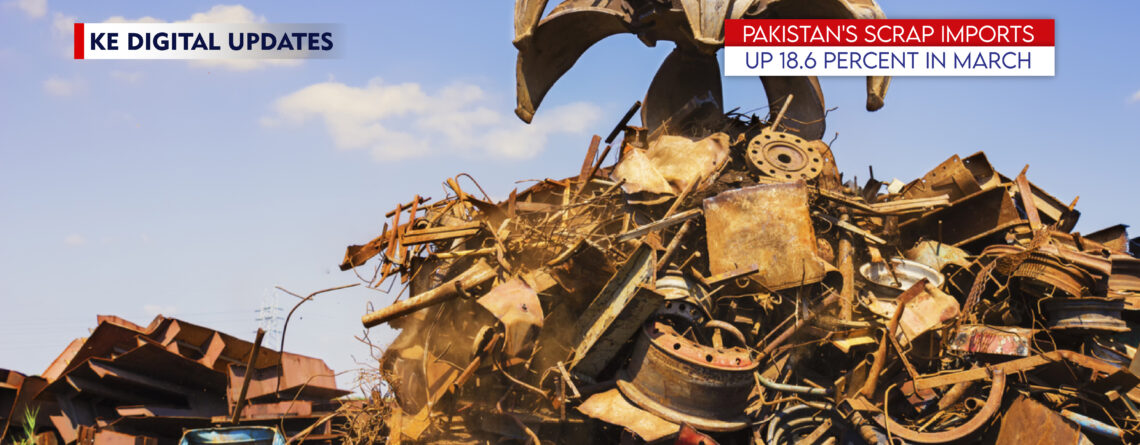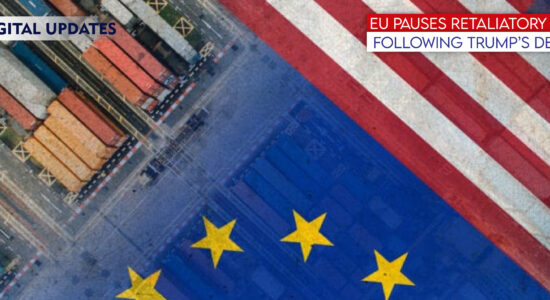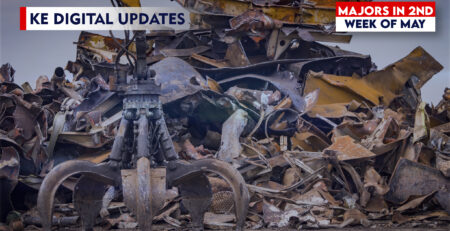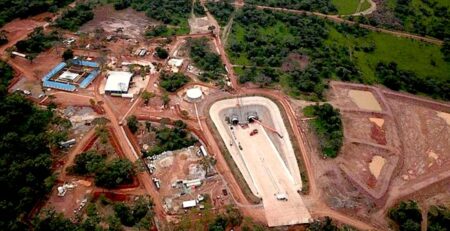In March 2025, Pakistan witnessed a notable rise in scrap imports, marking an 18.6 percent increase compared to February and a 10.8 percent increase yearly. According to data provided by the Pakistan Federal Bureau of Statistics (PFBS), the total volume of scrap imports for this month stood at an impressive 280,635 metric tons, reflecting a growing demand for raw materials in the domestic steel industry. The value of these imports also rose to $118.66 million, showcasing a monthly increase of 20.6 percent and an annual rise of 3.2 percent.
The upward trend in scrap imports underscores Pakistan’s reliance on international sources for steel production inputs, as local industries continue to expand their operations amidst fluctuating market conditions. This supports the broader strategy of sustaining steel manufacturing activities and meeting domestic and industrial demands.
Iron and Steel Imports: A Parallel Increase
In addition to scrap imports, Pakistan’s iron and steel imports also demonstrated substantial growth during March. The country imported 328,497 metric tons of iron and steel, recording an 8.7 percent increase from the previous month and a remarkable 27.2 percent rise compared to last year. These imports carried a total value of $205.4 million, 10.8 percent year-on-year, but were slightly down by 0.8 percent month-over-month.
The iron and steel imports increase reflects Pakistan’s expanding infrastructure and industrial sectors. Despite a minor dip in monthly valuation, the year-on-year growth signifies robust demand in the construction and manufacturing sectors, further emphasizing the country’s focus on strengthening its industrial base.
Economic Implications
The rise in boron,, iron,, and steel imports during March highlights positive momentum in Pakistan’s industrial activities. However, these figures also underline the dependence on external sources for critical materials, which could pose challenges in the supply chain disruptions or volatile global prices.
Moreover, the import volume and value surge reflect Pakistan’s manufacturing sector’s gradual recovery and stabilization. By meeting rising material needs, the country continues to drive growth in steel production and construction projects, contributing to economic development and infrastructure expansion.
As Pakistan navigates these dynamics, the import trends from March indicate both opportunities and challenges for the steel industry and the broader economy in the months ahead.








Leave a Reply